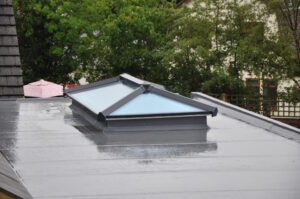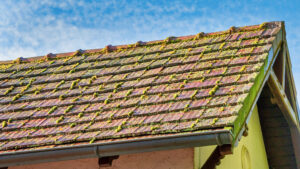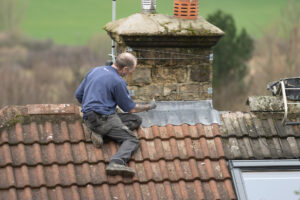Although shingles and other external features make it simple to identify a roof, most homeowners are unaware of what is underneath. Your roof comprises multiple layers that combine to form a whole roofing system. A good roof needs all the layers, but roof underlayment is one of the most important for professionals like WABO Roofing to nail during the installation process.
Roof underlayment is the key material that protects your property from water and wind damage, as well as mold growth. Most importantly, it can be applied to tile, slate, metal, or shingle roofs. With this first line of defense, a homeowner can rest easy knowing that storm damage, like those experienced by Seabrook home owners, won’t require costly repairs. Additionally, it instantly cuts your energy expenditures by improving the energy efficiency of your house.
Continue reading to discover the process of roof underlayment installation.
What is Roof Underlayment?
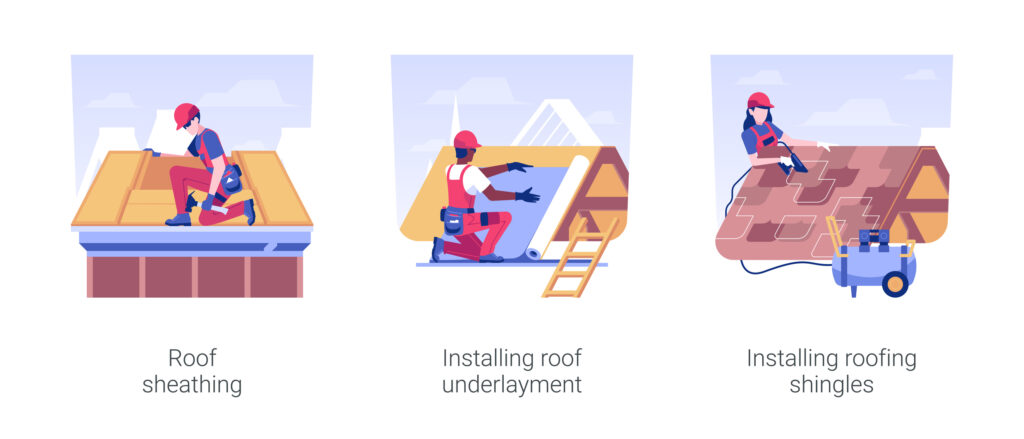
Roofing underlayment is a waterproof or water-resistant substance spread directly on a roof deck before installing any other roofing components. In addition to acting as a barrier to keep the impacts of inclement weather and leaks away from your house, it also keeps tar from shingles from getting in contact with the roof deck and deteriorating it. If you want the most secure, water-resistant roof possible, include underlayment in your installation.
Different Types of Roof Underlayment
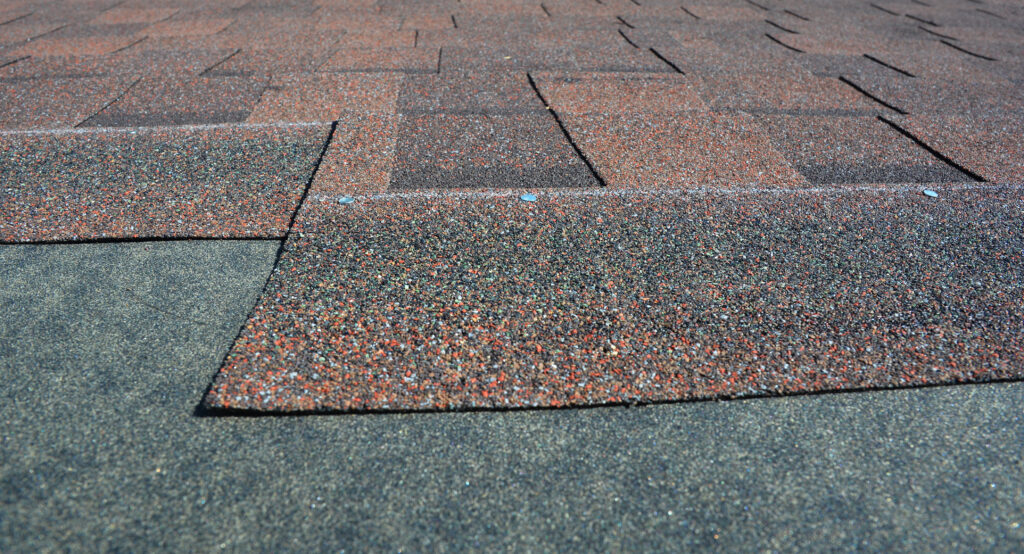
Underlayment comes in three varieties, some better suited for particular roofing systems than others.
Asphalt-Saturated Felt
Asphalt-saturated felt, sometimes known as “tar paper” or “felt paper,” is made from a mixture of asphalt, polyester, and plant fibers. It has an adaptable foundation with an asphalt coating to make it more water-resistant.
Asphalt-saturated felt is often stapled to the roof. It is not waterproof; however, it is resistant to water. It works best on roofs with steep slopes, where water flows quickly into the gutters. Though less expensive than some of the more expensive options, felt doesn’t lay as flat, affecting how the shingles lay on the roof. Furthermore, it is not quite as resilient, which can provide some challenges when installing new roofs because installers may tread too heavily and rip through the underlayment.
Synthetic Underlayment
The majority of qualified roofers prefer to work using synthetic underlayment. To make this underlayment sturdier and tear-resistant, it has a synthetic base saturated with asphalt and then covered in fiberglass.
Several synthetic underlayment varieties are reinforced with a coarsely woven substance for increased slip resistance. Additionally, it lets the roof breathe better than felt paper and is incredibly flexible, waterproof, resilient, and resistant to mildew and UV rays.
Rubberized Asphalt Underlayment
Although it is among the priciest kinds of roof underlayment, it offers the highest protection level. Rubber and asphalt polymers are combined to create rubberized underlayment, increasing its waterproofness. It is, therefore, frequently used in valleys, around penetrations, on low-slope roofs, and in other locations where water damage is a problem.
Why Do You Need Roof Underlayment?
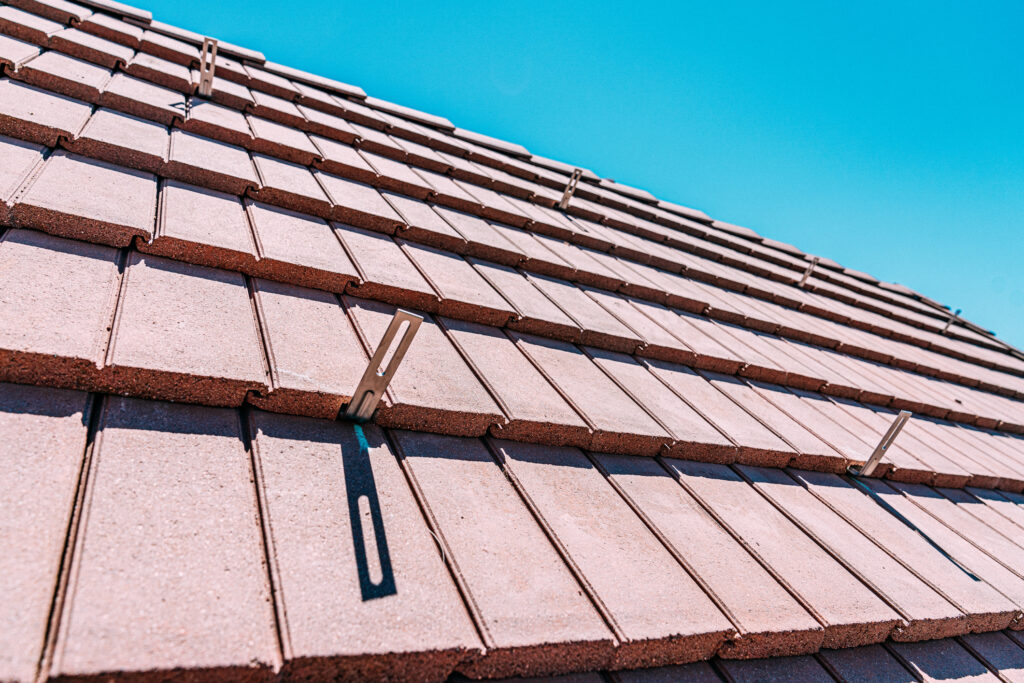
Your roof will encounter different types of weather throughout the years, and shingles alone cannot shield it from them all. Underlayment and other essential roofing components are needed to ensure that your roof lasts a long time. Here are some of the main advantages of underlayment to help you understand how it safeguards your roof:
Creates a Moisture Barrier
Snow and rain from the wind can collect water beneath your shingles, putting your roof deck and interior walls at risk of decay, mold, and moisture damage. Your shingles can’t match the extra layer of protection that underlayment offers.
Offers Additional Protection
The first line of protection on your roof against wind, UV radiation, and water intrusion is your shingle roof. Shingles are susceptible to blow-off and water intrusion because they overlap and are likely to lift in high gusts.
You may rely on underlayment to prevent snow, ice, and rain from entering your home through the roof deck in the event of a significant storm that tears off your shingles.
Protection Against Ice and Snow
Your roof may develop ice dams if you reside in a snowy area. Ice dams form when warm air contacts the roof deck and melts the snow. Snow that has melted and washed off your roof may refreeze at the edge of your roof, creating ice dams.
Your roof’s melting snow or ice can seep into any ceiling penetrations, resulting in leaks, water damage, and mold growth. The water-resistant underlayment will seal around the frame, allowing water to drain off the roof.
Steps of the Roof Underlayment Installation
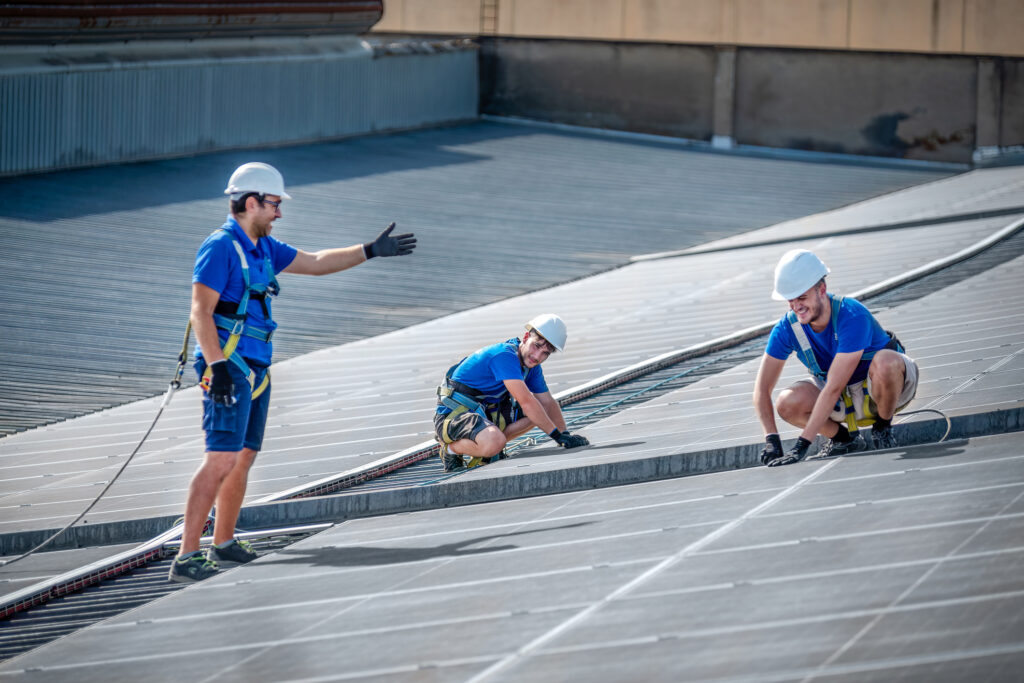
Even though professionals will handle the installation, you must comprehend the steps involved in installing roof underlayment.
Utilise the drip edge
A drip edge is used on an eave. The drip edge flashing must be cut at an angle for ease of application.
Cut and Overlap Edges
After assembly, the drip-edge components overlap by roughly 6 inches. Using roofing nails, secure them in place, ensuring no gaps.
Roll-Out Underlayment for Roofs
Depending on the material being used, it must be unrolled to apply without wrinkles or bubbles.
Start Applying
This makes the material more secure. As the material sticks to the roof, temporarily secure it with a few nails on one side. After that, take out the nails and cover the other side of the roof with the material. Once roofing nails are used to fasten it, the operation is complete.
What Else Do You Need To Know?
Now that you know about underlayment and its significance for protecting your house, you might wonder how to ensure that premium underlayment is used when replacing your roof.
If you want your underlayment installed correctly, you really need to employ a renowned, high-quality roofing contractor like WABO Roofing. Contact our experienced team or send us a message to find out more about our services and to receive an estimate of the cost based on the size of your roof.


